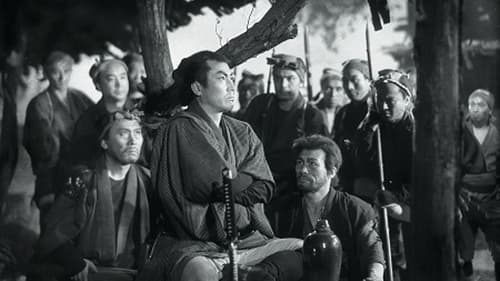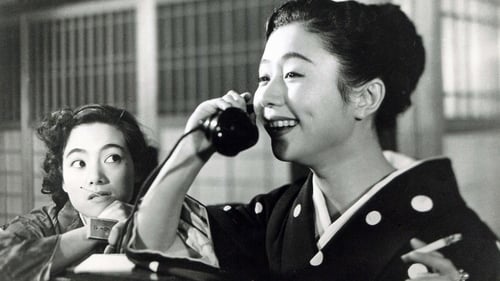
Editor
Kunisada Tadaharu, a peasant of Kunisada Village in Joshu Sai County, could not stand the bad government and poor harvest of Takebe Genhan, the governor of the time. entered the world of As he played more and more games at the gambling hall, he became feared as "Chuji the gambling robber", and became a boss who had a share of Inui such as Nikko's Enzo and Shimizu's Kentetsu. However, due to a disagreement, he killed his benefactor Isaburo Boss, and was abandoned by Yasugoro and was chased. However, Chuji cleverly took advantage of the peasant uprising, shut himself up on Mt. Akagi, opened a gambling hall, and was touted as the greatest boss in the Kanto region. The magistrate, who learned of the close relationship between the peasants and Chuji, finally arranged for Chuji to go on a trip. Chuji, who doesn't know that he was weighed, gleefully descends the mountain, but...

Editor
An Inn at Osaka, rarely seen outside Japan, follows the story of an insurance company executive from Tokyo, Mr. Mito, who is demoted to the Osaka office. He takes a room at a small inn and tries to rebuild his life. Notable for its exquisite framing and cinematography, An Inn at Osaka allows its complicated plotlines to disappear behind the minutiae of penury and humiliation that Mito and others suffer during the post-war economic and social reconstruction.

Editor
Gosho’s most celebrated film both in Japan and the West, Where Chimneys Are Seen is perhaps the most compelling example of his concern for, and insights into, the everyday lives of lower-middle-class people. Based on Rinzo Shiina’s novel of the absurd, the film depicts the lives of two couples against the backdrop of Tokyo’s growing industrialization during the 1950s.

Editor
This little seen early work by Ichikawa was produced during the director's Shintoho period (1947-51). Written by Kaneto Shindô and featuring Ryô Ikebe as a young policeman it is part crime drama, part social study. Definitely not an undiscovered masterpiece, but still a must for Ichikawa buffs.



